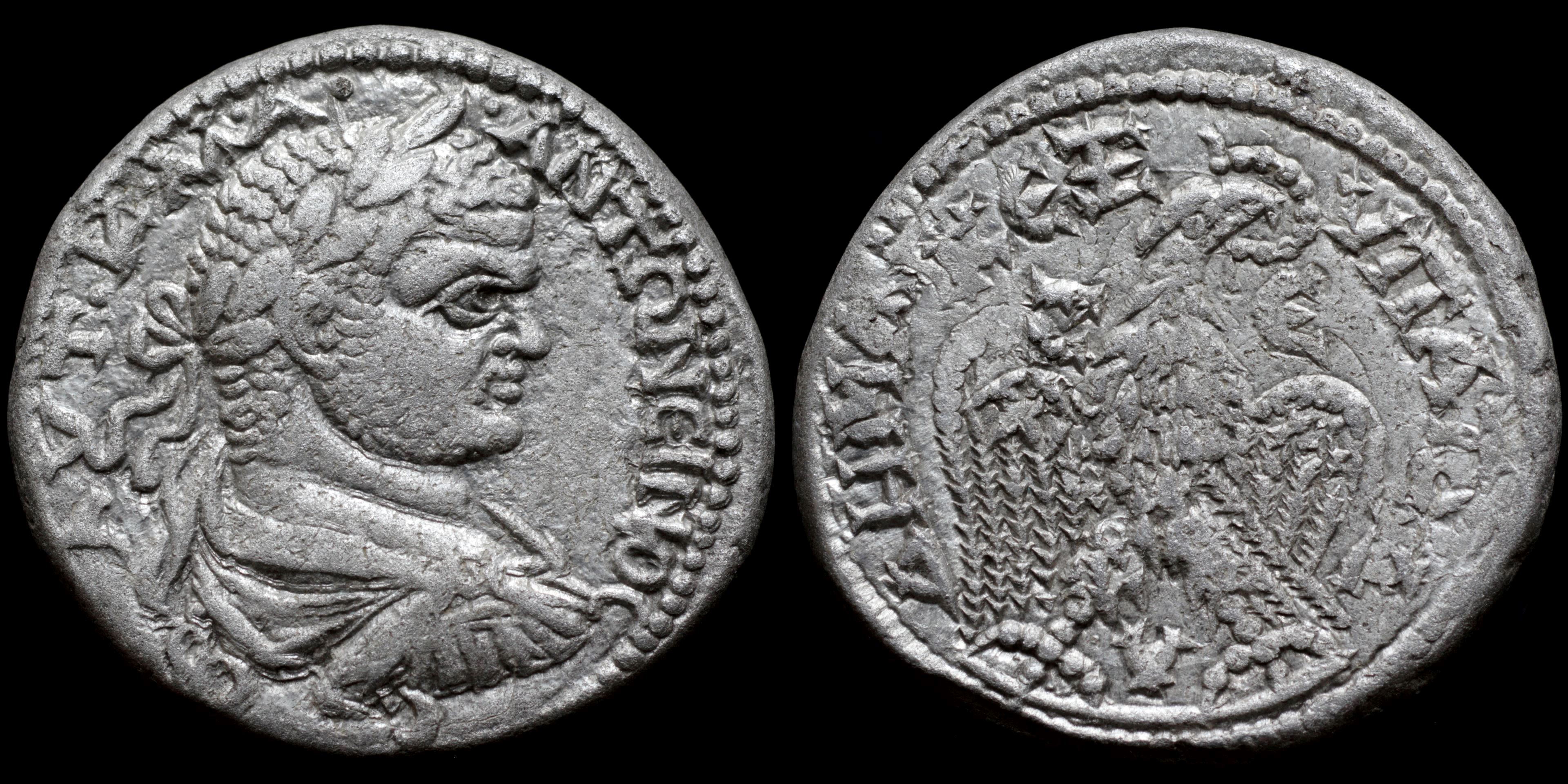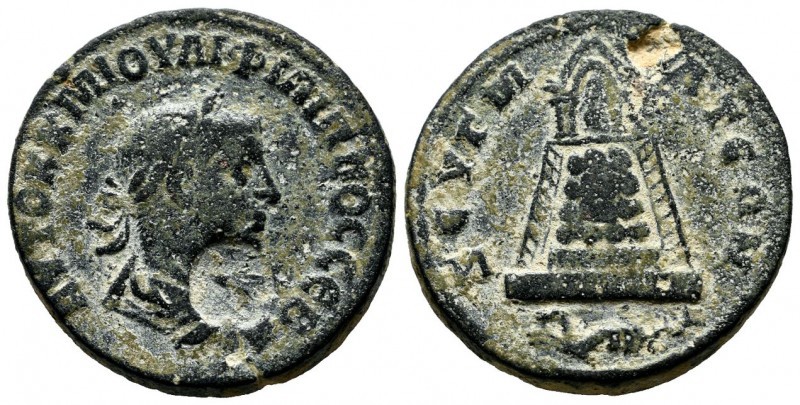Zeugma was founded as a Greek settlement by Seleucus I Nicator, one of the generals of Alexander the Great, in 300 BC. The city was called "Zeugma", because of the bridge across the Euphrates River that was made of pontoons, thus connecting the two banks of the river. In Greek, "zeugma" means “bridge” or “crossing”. The ancient term Zeugma actually referred to the twin cities on the opposing banks of the river.
In 64 BC the city was conquered and ruled by the Roman Empire. During Roman rule, the city became one of the attractions in the region, due to its commercial potential as a city on the Silk Road. In 256 AD, Zeugma was destroyed by the Sassanid king, Shapur I.
Legio IV Scythica was stationed in Zeugma for about two centuries. The many soldiers, high-ranking officials and officers of the Roman Empire, heavily influenced the culture and lifestyle of the region, and gave birth to a well-recognized regional style.
In 64 BC the city was conquered and ruled by the Roman Empire. During Roman rule, the city became one of the attractions in the region, due to its commercial potential as a city on the Silk Road. In 256 AD, Zeugma was destroyed by the Sassanid king, Shapur I.
Legio IV Scythica was stationed in Zeugma for about two centuries. The many soldiers, high-ranking officials and officers of the Roman Empire, heavily influenced the culture and lifestyle of the region, and gave birth to a well-recognized regional style.
Modern location: Partially submerged
(1)
Caracalla

An
AR
Tetradrachm
struck 215-217 AD
in
Zeugma
Obverse: Laureate, draped and cuirassed bust right from behind; AVT·K·M·A·_·ANTΩNEINOC__C_EB·
Reverse: Eagle facing, head right, wreath in beak; ΔHMAPX EΞ__VΠATO Δ, Z E V
Diameter:
25.5 mm
Die Orientation: -
Weight: 12.7 g
Die Orientation: -
Weight: 12.7 g
No notes for this coin
Prieur 816 (4 examples); Bellinger 1940 129; BMC Greek (Galatia) 20.p126 (die match)
(2)
Philip I

Obverse: AVTO K K M IOVΛI ΦIΛIΠΠOC CEB. Laureate, draped, and cuirassed bust right; c/m: indistinct.
Reverse: ZEVΓM-ATEΩN. Tetrastyle temple, containing statue (Zeus?), with peribolos containing grove of trees; in exergue, capricorn swimming left.
Diameter:
30 mm
Die Orientation: -
Weight: 15.86 g
Die Orientation: -
Weight: 15.86 g
The capricorn was the emblem of the Legio IV Scythica
Butcher 31a
